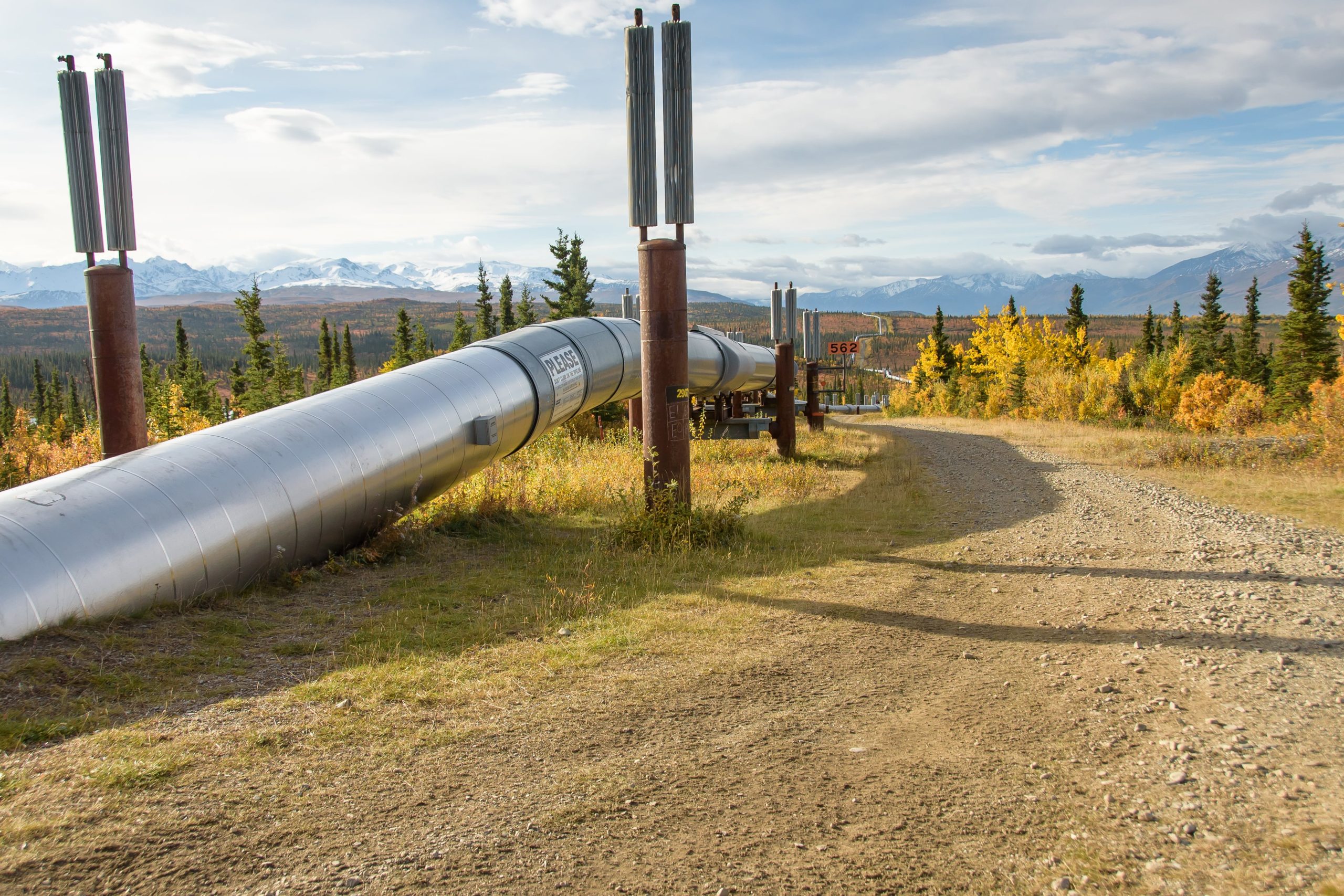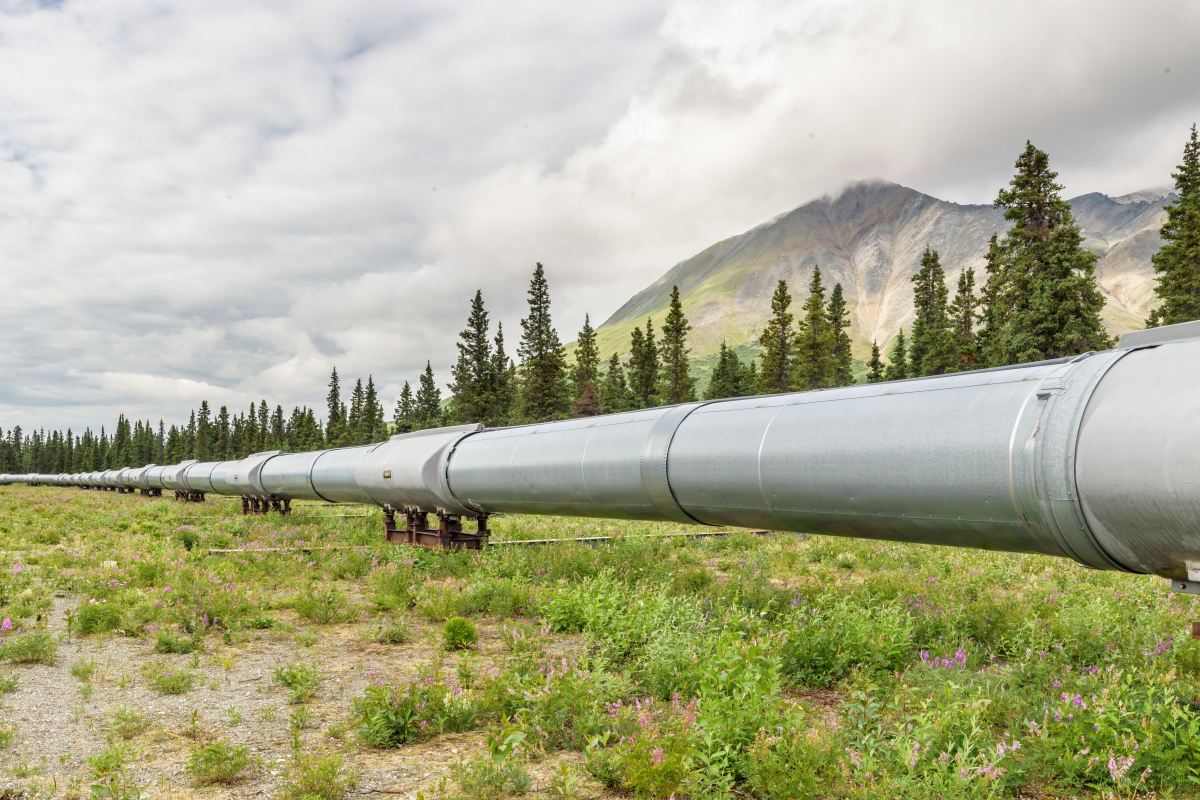ECA begins with the collection of extensive pipeline data, including flaw location and sizing (often using non-destructive testing or ILI), material properties, operating history and any maintenance records.
Ensuring pipeline integrity in industries such as oil, gas and water transport is essential. One key tool used to assess and maintain the health of pipelines is the Engineering Critical Assessment (ECA). ECA is a “fitness for purpose” analysis that evaluates whether flaws or defects in a pipeline are safe for continued operation under specific loading conditions and can be managed through monitoring or whether replacement is required.
What Is Engineering Critical Assessment?
ECA uses fracture mechanics to evaluate the predicted failure pressure of a detected defect in a pipeline. It considers the specific characteristics of the pipeline, such as material properties, operational history, environmental factors and in-service degradation.
Defects Assessed in ECA
ECA’s utility is far-reaching, covering a wide range of defects that may occur in pipelines. These include:
- Corrosion: Metal loss caused by environmental factors, both internal and external.
- Gouges and Scrapes: Surface damage that can weaken the pipeline wall.
- Deformations: These include dents, wrinkle bends, ovalities and expansion in the pipeline, which can alter stress distribution.
- Seam Defects: Issues in pipeline seams, such as selective seam weld corrosion, girth weld cracks and hard spot cracking.
- Crack-Related Defects: These could be ductile or brittle in nature and pose different failure risks.
- Interacting Defects: ECA accounts for the combination of defects, such as cracks near corrosion, dents with gouges, or cracks near dents.
Key Principles of ECA
Several foundational principles guide the ECA process:
- Fracture Mechanics: ECA’s ability to predict whether a crack or flaw will grow under stress depends on fracture mechanics. This principle involves understanding how cracks propagate and how a material’s toughness influences its resistance to crack growth.
- Material Properties: The specific properties of the pipeline material—such as tensile strength, toughness, and resistance to environmental degradation—are crucial to ECA. Knowing these properties allows engineers to model how the pipeline will behave under operational stress.
- Operating History and Environment: Past operational conditions provide insight into the defect’s origins and its potential future behavior. Additionally, environmental factors like temperature, pressure, exposure to corrosive substances, or ground movement can affect the severity of a defect.
- In-Service Degradation: Pipelines undergo natural wear and tear due to corrosion and pressure cycling fatigue. ECA accounts for this degradation when determining the fitness for continued service.
- Threat Interaction: Often, multiple defects interact to create more complex risk scenarios. For instance, corrosion combined with a mechanical dent can pose a significantly higher risk than either defect in isolation.
What is the ECA Process?
The ECA process is methodical, involving several critical stages of data gathering, analysis and prediction:
2. Failure Pressure Determination
One of ECA’s core tasks is calculating the predicted failure pressure for each defect. This is done using specific models depending on the defect type.
In the case of interacting defects, ECA evaluates how defects in close proximity (e.g., cracks near corrosion) impact each other to provides a conservative estimate of failure pressure.
Cracks that experience cyclic loading from pressure fluctuations, mechanical stress, or environmental forces—can grow over time. ECA uses fatigue crack growth models to estimate their remaining life.
Once the failure pressures for all defects are known, ECA calculates the Maximum Allowable Operating Pressure (MAOP) based on the most critical defect in the pipeline and estimates the remaining life of a defect.
Assumptions made due to incomplete or uncertain data must be clearly documented to support decision-making and future assessments.

What Can ECA Results Reveal?
The results of ECA provide several critical insights for pipeline operators:
- Tolerable Defect Sizes: ECA establishes the largest defect sizes that can safely exist under service conditions.
- Corrosion Growth Rates: ECA can estimate the rate at which corrosion will progress, helping operators plan inspection schedules and preventive maintenance.
- Inspection and Maintenance Plans: By assessing the severity and remaining life of pipeline defects, ECA helps operators develop cost-effective inspection and maintenance plans.
Next Steps: TRC Can Help
TRC delivers integrated engineering critical assessments driven by practical engineering solutions. Our multidisciplinary team supports inspection, maintenance and integrity management requirements of onshore and offshore steel transmission pipelines and is comprised of experts in materials, corrosion engineering, fracture mechanics, risk assessment, fatigue/cracking analyses, direct assessments, Non-Destructive Testing (NDT) and In-line inspection (ILI). Additionally, we offer unique capabilities in modeling cracking in corrosive environments and developing predictive software with cutting-edge technology.
TRC’s tested practitioners offer unparalleled expertise in secure personnel safety and asset integrity and act as your partner even under conditions where design, construction and operation fall outside the embedded knowledge of recognized design and construction codes or specifications. To learn more about how we can help you with ECA solutions, contact us today.
Chuck Venditti
Contact Chuck at: CVenditti@trccompanies.com
Bernie Frieh
Contact Bernie at: BFrieh@trccompanies.com
Hui Yu
Contact Hui at: HYu@trccompanies.com


